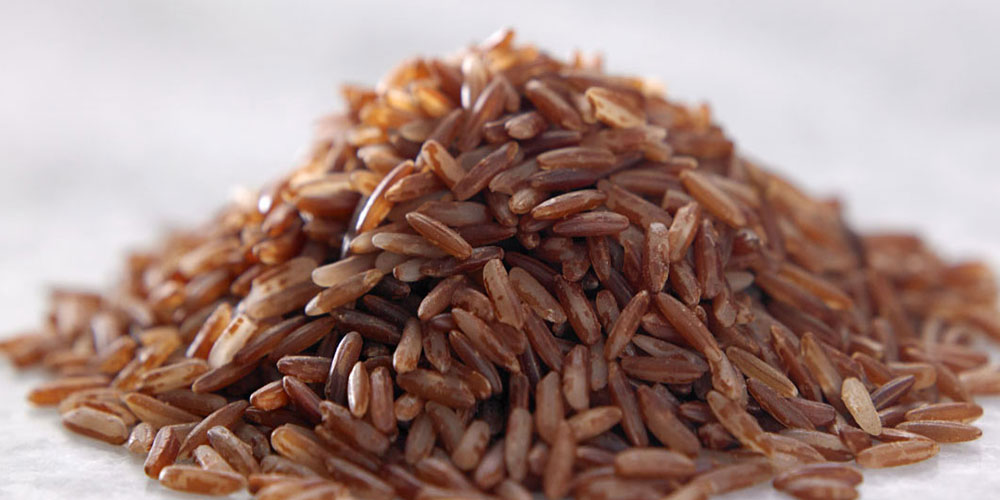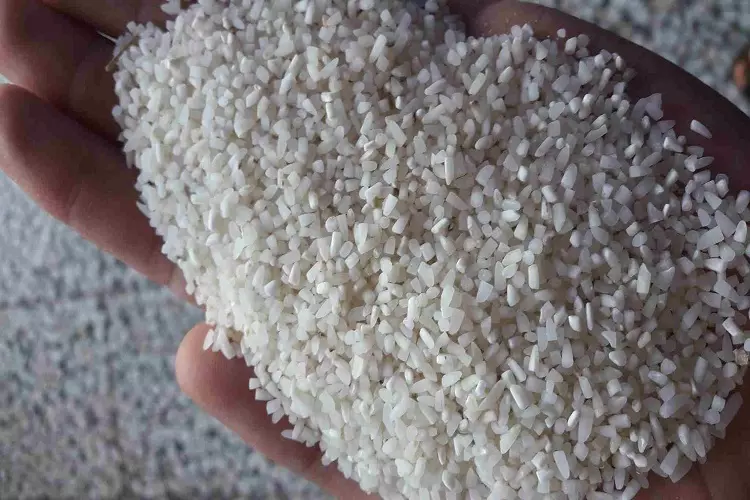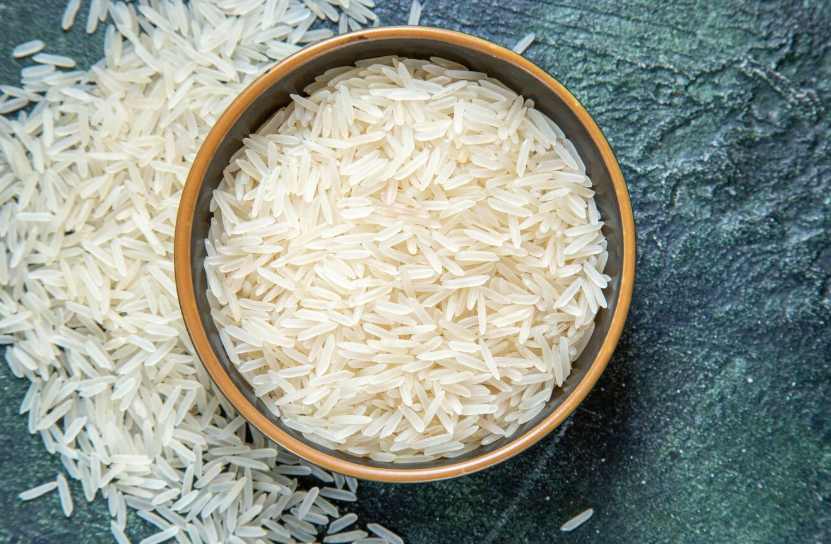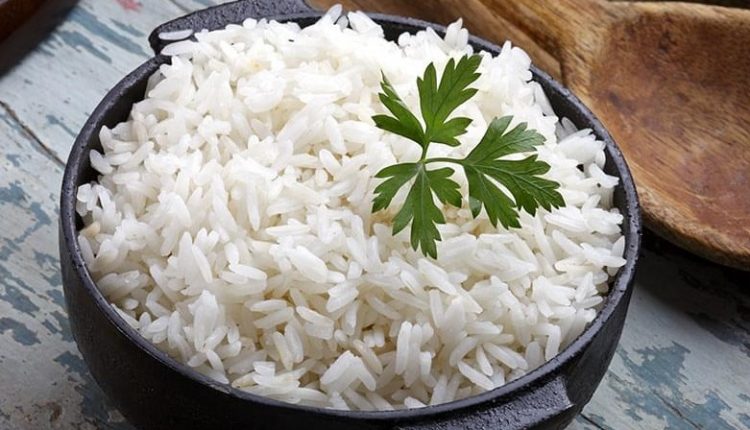Types of rice

Rice varieties are classified into several groups based on their size and appearance characteristics:
Rice grain color
Rice types are divided into brown rice, semi-white rice, white rice, and ultra-white rice based on the amount of bran and germ remaining in the rice.
Brown rice:
It is called rice whose outer husk has been removed but whose bran layer has not been removed.
Semi-white rice:
It is called rice whose bran and part of the germ have not been completely removed.

Pure white rice:
It is called rice whose bran has been completely removed and only a small portion of the germ remains.
Ultra white rice:
Rice is said to have almost all of its bran and germ removed.

The best quality rice in the world:
Indian basmati rice
The word basmati in Hindi means “fragrant,” which refers to the aroma and flavor of the rice. Basmati rice is known for its nutty flavor and mild aroma. It is commonly used in Indian and South Asian cuisines, such as Indian biryani and various types of kebabs.
https://blog.okcs.com/how-to-make-the-vegetable-biryani/
Basmati rice has a needle-like texture and is not as sticky when cooked as regular brown or white rice. Basmati is a long-grain rice originally grown in India and Pakistan. It is characterized by its flavor and aroma, and after cooking, the grains remain separate and do not stick together.
The longer the grain, the better the quality of the rice. The best basmati grains have a slightly golden color. The state of Haryana in India is the largest cultivation area of this rice, in Pakistan, basmati rice is also grown, originating from the province of Punjab. For many years, this rice was found only on the tables of the nobility and the wealthy in Southeast Asia.
Basmati rice has a low glycemic index and therefore has a special place in the diet list. Because it keeps you full for a long time. This rice is rich in vitamins and has good nutritional value because it grows in soils that are rich in mineral water and vitamins from the Himalayas.

Nutritional value of basmati rice
100 grams of raw basmati rice contains 364 calories, 0.40 crude fiber, 6.4 grams protein, 23 milligrams sodium, 89.78 grams carbohydrates, 115 milligrams potassium, 29.1 grams fat, 28 milligrams calcium, 42.9 milligrams iron, and 44.78 milligrams starch. In addition, this type of rice contains five times more vitamin E, twice as much dietary fiber, and three times more magnesium than white rice.
Among the foreign rice imported to Iran, “Basmati rice” is known as the highest quality and healthiest foreign rice. As mentioned, Basmati rice is imported to Iran from both India and Pakistan. Of course, the rice imported from India to Iran also includes other types, of which Basmati is the most well-known. Experts introduce Indian Basmati rice as the best foreign rice in terms of quality after Iranian rice and claim that this rice is more similar in quality to Iranian samples.
India is one of the largest rice producers in the world. Indian rice is better known as Basmati rice, which is a type of Indian rice. The word Basmati has its roots in the Hindi language, meaning fragrant or fragrant. In fact, Indian Basmati rice is a long-grain, fragrant rice that has been cultivated in the foothills of the Indian Himalayas for centuries; in addition to India, this rice is also grown in several other countries, such as Pakistan; but more than two-thirds of this type of rice is produced by India.
Continuing the introduction of the characteristics of Indian rice and Pakistani rice, we must say that a good and high-quality Indian rice should be packaged in cloth bags, not in plastic bags. Also, the ends of Indian rice grains are conical and pointed. Indian rice grains have a golden and transparent color; therefore, note that to distinguish genuine Indian rice, their color should not be grayish or white and shiny. It should be noted that the longer the rice grains, the better the quality.
Properties of Pakistani rice
Continuing the review of Indian rice and Pakistani rice, as we said above, Pakistani rice is known for its unique aroma and taste, and due to the appearance of its long grains, it also has high filling power. This type of rice is cooked in various delicious parties. In addition to its excellent features, Pakistani rice also has unique properties, which we will discuss below.
- The fiber in Pakistani rice reduces the risk of heart disease and also controls cholesterol levels.
- Pakistani rice contains high amounts of niacin, which helps increase blood circulation in the body.
- Fiber can help reduce calorie intake and inhibit fat absorption; therefore, the fiber in this type of rice helps you achieve an ideal weight.
- In addition to the above, other properties of Pakistani rice include phosphorus, zinc, potassium, magnesium, and vitamins contained in this rice.
For people with diabetes, consuming Pakistani rice is very suitable.

